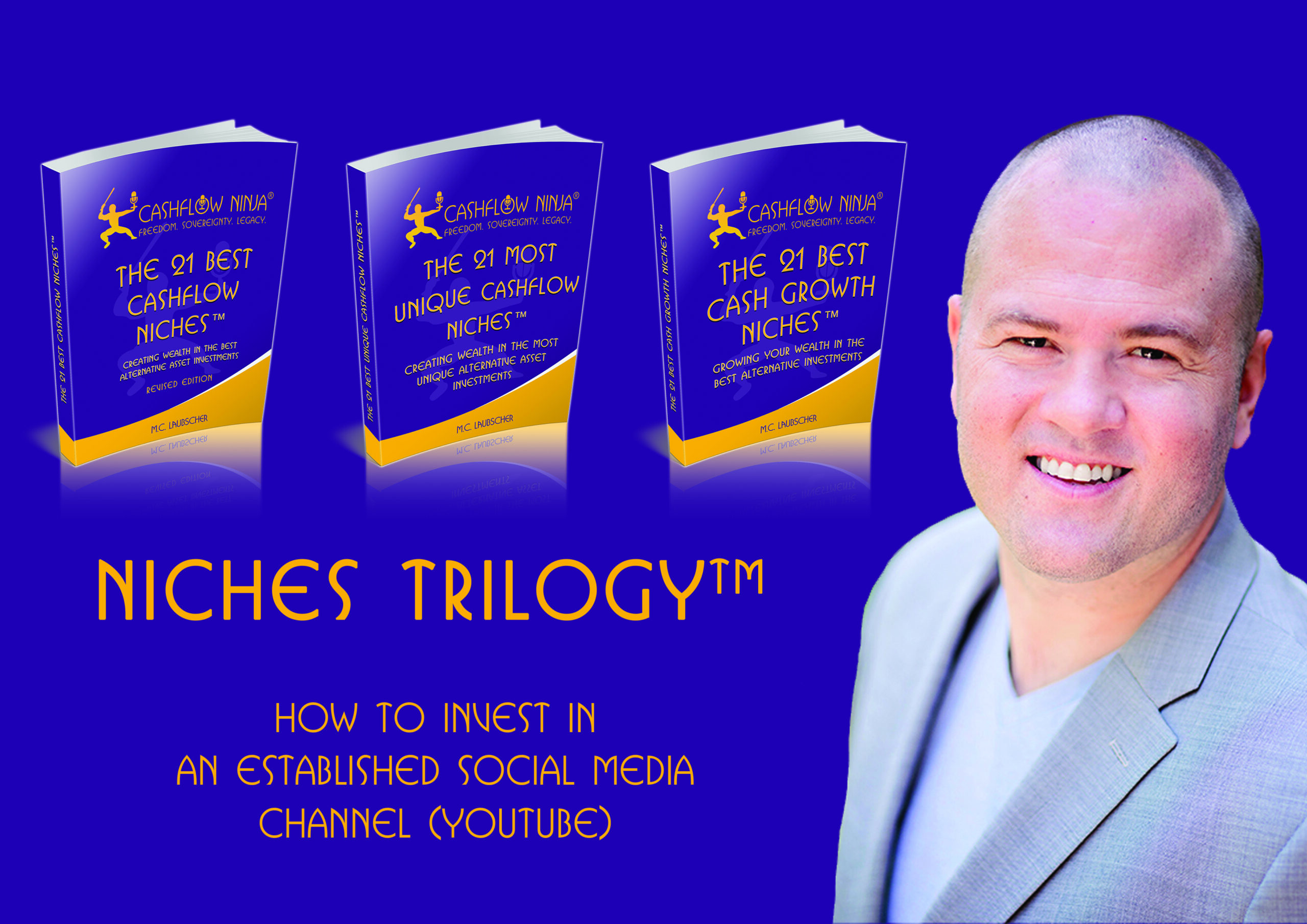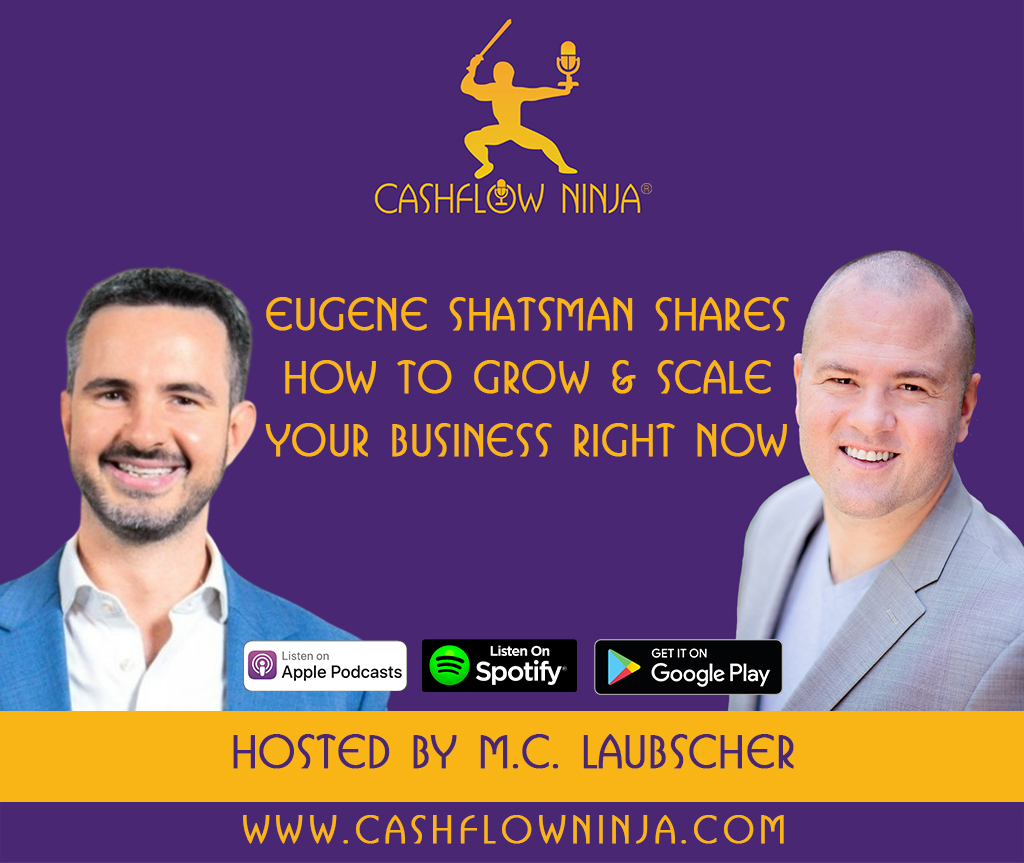
Buying and investing in an existing popular YouTube channel with a large audience is a strategic investment approach focusing on acquiring a digital asset equipped with an established viewer base and a proven track record of success. This strategy offers several advantages but necessitates meticulous consideration and planning. Key aspects include assessing the channel’s value by evaluating metrics such as subscriber count, average views per video, engagement rates, and growth trends. Analyzing historical revenue streams like ad revenue, sponsorships, and affiliate sales is essential to gauge the channel’s financial performance.
Understanding the channel’s audience demographics, interests, and behaviors is crucial, as the value of a channel lies not just in its subscriber count but also in viewer loyalty and engagement. The audience should align with the investor’s broader business goals or target market. The consistency and quality of the channel’s content are vital for maintaining and growing its audience, requiring investors to review the content strategy, production quality, and alignment with current and future market trends.
Investors typically seek channels that complement or enhance their business operations or investment portfolios, looking for synergistic opportunities such as cross-promotion, brand integration, or market expansion. Comprehensive legal and financial due diligence is essential, including reviewing contracts, addressing copyright and intellectual property issues, ensuring compliance with YouTube policies, and conducting financial audits.
Developing a well-thought-out plan for the transition and integration of the channel is also essential. This plan should include maintaining key content creators or personnel, developing new content strategies, and integrating the channel into the investor’s broader business ecosystem. Investors need a clear plan for growing the channel and enhancing monetization, which may involve diversifying revenue streams, investing in marketing and promotion, or leveraging the channel for new business ventures.
Why Buy & Invest In An Existing Youtube Channel?
Investors buy and invest in established YouTube channels for various compelling reasons. One of the primary draws is the established audience with an existing channel. Building a substantial viewer base can take years, so acquiring a channel with a ready-made audience offers immediate access to a large group of potential customers or followers. Established channels typically have a proven track record of viewership, engagement, and income generation, which reduces the uncertainty and risk associated with starting a new channel from scratch.
These channels usually have existing monetization streams, such as advertising revenue, sponsorships, and affiliate marketing, allowing investors to tap into these income sources immediately. Additionally, established channels often have the potential for higher earnings due to their size and reach. Successful YouTube channels often develop strong brand recognition and loyalty among their audience, which investors can leverage for marketing purposes, cross-promotions, or introducing new products or services.
Another advantage is an established channel’s content and search engine optimization (SEO) foundation. These channels have a wealth of content that continues to draw viewers over time, contributing to sustained viewership and revenue. Moreover, they have typically optimized their content for YouTube’s search and recommendation algorithms, enhancing their visibility and growth potential.
Investing in an established channel can provide direct access to specific markets or demographics and influence particular niches or industries. This makes them attractive to investors with business goals or target markets that align with the channel’s content and audience. Acquiring an established channel also allows investors to bypass the time-consuming and resource-intensive initial growth phase, potentially saving time and reducing overall investment costs. Adding a YouTube channel can offer diversification for investors with existing portfolios, spreading risk across different assets and industries and enhancing the overall investment strategy.
Youtube Ecosystem
The YouTube ecosystem is a complex and dynamic network comprising various stakeholders and components collaborating to create, share, consume, and monetize video content. At the heart of this ecosystem are the content creators, ranging from amateur vloggers to professional filmmakers and businesses, who produce and upload a diverse array of videos covering numerous genres and topics. Viewers constitute the vast audience that consumes this content, interacting with videos through likes, comments, and shares. Their engagement plays a crucial role in the success of a channel as they watch content, subscribe to channels, and engage with creators.
The YouTube platform is integral to this ecosystem, providing the necessary infrastructure for hosting, streaming, and managing video content. It includes features that aid in content discovery, such as recommendation algorithms, analytics, live streaming capabilities, and tools for community engagement. Advertisers also play a significant role, using YouTube as a platform to advertise products or services. The platform offers a variety of ad formats and targeting options, allowing advertisers to reach specific audience segments.
The YouTube Partner Program is another critical component, enabling content creators to monetize their videos through advertisements, channel memberships, and super chats. To join this program, creators must meet specific criteria, such as a minimum number of subscribers and watch hours. Multi-Channel Networks (MCNs) partner with multiple content creators to offer services like content production, audience development, cross-promotion, monetization, and rights management.
Content creators often participate in affiliate marketing, promoting products or services and earning commissions on sales generated through their video content. Many creators also become influencers, leveraging their popularity to collaborate with brands, engage in cross-platform promotions, or work with other creators. Regulatory bodies oversee internet content and enforce regulations and guidelines that impact YouTube, including copyright laws, advertising standards, and user privacy policies.
Companies that provide technology, tools, and services to support the YouTube ecosystem, such as video production equipment, editing software, analytics tools, and marketing services, are crucial to its functioning. Lastly, the communities and fan bases around YouTube channels and creators contribute significantly to the ecosystem. They interact through comments, forums, social media, and sometimes in person at events and meet-ups, creating a vibrant and interactive environment that drives the success and evolution of the YouTube platform.
How To Generate Income
Buyers and investors of existing YouTube channels with large audiences can generate income through various monetization strategies, taking advantage of the channel’s established viewer base and content library. One critical method is ad revenue generated through the YouTube Partner Program, where channel owners earn money from ads displayed on their videos. Larger audiences often lead to increased views, boosting ad revenue potential.
Channels with substantial viewership also attract sponsorships and brand deals as brands and businesses seek to promote their products or services to a large audience. For income, channel owners can integrate sponsored content or product placements into their videos. Affiliate marketing is another revenue stream where channel owners include affiliate links in their video descriptions or content, earning commissions when viewers purchase products or services through these links.
Popular channels may launch branded merchandise, such as clothing, accessories, or digital products, which can be sold directly to viewers for additional income. YouTube also offers features like channel memberships, where viewers pay monthly for exclusive content, perks, or interactions with the creator, providing a steady income stream. During live streams, super chats allow viewers to highlight their messages by making payments, and donations can also be solicited through platforms like Patreon, which contribute to the channel’s income.
Content licensing and syndication present further opportunities for revenue generation, as popular content can be licensed to other media outlets or repurposed for different digital platforms or traditional media. Expanding the audience to other platforms, such as podcasts, blogs, or social media channels, can create new revenue streams through similar monetization methods. Additionally, leveraging YouTube analytics to understand viewer preferences and trends can assist in creating targeted content that boosts viewer engagement and, consequently, increases revenue potential. For buyers and investors, maintaining or enhancing the quality and consistency of content is crucial to keep the audience engaged and sustain these various income streams.
How To Lose Money
Buyers and investors of existing YouTube channels with large audiences can face financial losses due to various factors. A significant drop in viewership can lead to reduced ad revenue and decreased interest from sponsors and affiliates, negatively impacting the channel’s income. Additionally, shifts in viewer interests or trends can render a channel’s content less relevant or appealing, causing a loss of subscribers and engagement. YouTube algorithm changes can also affect a channel’s visibility and content recommendation, potentially decreasing views and revenue.
An ineffective content strategy, characterized by the failure to consistently produce high-quality, engaging content that resonates with the audience, can result in a decline in viewership and revenue. Management decisions, such as producing inappropriate content, failing to adapt to market trends, or neglecting community engagement, can help a channel’s reputation and financial performance. Legal and policy violations, including copyright infringement, can lead to demonetization, strikes against the channel, or even suspension, affecting income streams.
Investors may also overestimate a channel’s revenue-generating potential or need to account for associated costs, such as production, marketing, and personnel, leading to financial losses. Intense competition or saturation in a channel’s niche can make maintaining or growing viewership and revenue challenging. Lastly, investing in a channel that aligns differently with the investor’s expertise, interests, or market trends can result in effective content strategies and better financial performance. Successful investment in a YouTube channel requires careful consideration of these risks and a strategic approach to content creation, audience engagement, and financial management.
Positives & Negatives Of YouTube Channel Investments
Positives:
Established Audience: An existing channel has a built-in audience, saving the time and effort needed to build a viewer base from scratch.
Proven Track Record: An established channel typically has a history of viewership and engagement, providing a clearer picture of its potential for success.
Immediate Revenue Generation: With monetization methods already in place, such as ad revenue, sponsorships, and affiliate marketing, investors can start generating income immediately.
Brand Recognition: Popular channels often have strong brand recognition, which can be leveraged for marketing and promotional activities.
Content and SEO Foundation: Established channels have a library of content and are often optimized for YouTube’s algorithms, aiding in continued visibility and growth.
Market Access: A large audience provides direct access to specific demographics and markets, which can be valuable for targeted marketing and promotions.
Diversification: Adding a YouTube channel to an investment portfolio can offer diversification and exposure to the digital content market.
Negatives:
High Initial Investment: Purchasing a popular YouTube channel often requires a significant upfront investment.
Changing Audience Dynamics: Audience preferences and trends can shift, potentially affecting the channel’s relevance and viewership.
Platform Dependence: Relying on YouTube’s platform means being subject to its algorithm changes, policy updates, and potential monetization issues.
Content Creation Challenges: Continuously producing high-quality content that resonates with the existing audience can be challenging and resource-intensive.
Management and Operational Costs: Running a YouTube channel involves ongoing costs, including production, marketing, and potential staff expenses.
Legal and Compliance Risks: Navigating copyright laws, content guidelines, and other legal considerations is crucial and can pose risks if not managed properly.
Market Competition: The digital content space is highly competitive, and maintaining or growing viewership can be challenging.
Investment Opportunity Filter™
The Investment Opportunity Filter™ evaluates an investment opportunity based on cashflow, tax benefits, appreciation, and the leverage it provides.
Established social media channel investments like YouTube score a 4/4 with The Investment Opportunity Filter™.
Established social media channel investments like YouTube have great cashflow, tax benefits, and the ability to increase in value with great management and operations significantly, and it also allows for leveraging the skill sets, capabilities, networks, and capital of others.
Share This
Related

898: Tom Dunkel: The Wealth Builders Playbook
My guest in this episode is Tom Dunkel. Tom Dunkel brings more than 30 years of experience in real estate, finance, and investing to his role as Managing Director of Eagle. Known for his disciplined approach and unwavering alignment with investors, Tom personally invests in every deal he presents, ensuring absolute trust and shared outcomes…

897: Eugene Shatsman: How To Grow & Scale Your Business Right Now
My guest in this episode is Eugene Shatsman. Eugene is the Managing Partner of National Strategic Group. Eugene teaches business strategy, consumer behavior, marketing, and what all of us want – how to drive more business into our businesses. His team at National Strategic has over 100 people, and they do a tremendous amount of…

896: Chris MacIntosh: Opportunities Around The Globe Right Now
My guest in this episode is Chris Macintosh. Chris has founded and built several multi-million dollar businesses in the investment arena, including overseeing the deployment of over $30m into Venture Capital opportunities and advising family offices internationally. Before this, Chris built a career at Invesco Asset Management, Lehman Brothers, JPMChase, & Robert Flemings. Interview Links:…
